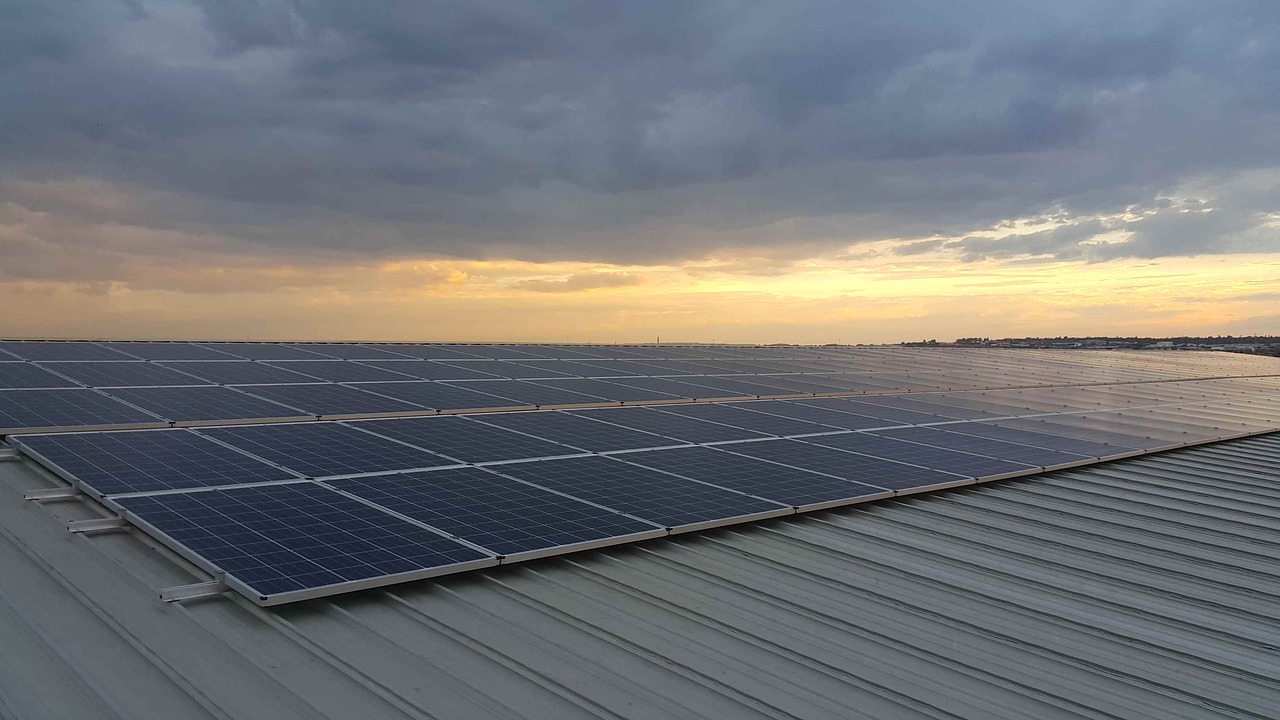One of the most rapidly-developing areas of the energy sector is energy storage, particularly with regard to its integration with solar and other renewable energy sources. Thanks to the staggering improvements in technology and cost-efficiency in recent times, the renewable energy industry has grown more and more innovative - bolder in its ideas, and capable of seeing them to completion. In particular, commercial and industrial (C&I) energy storage has been the focus of much of this innovation, resulting in its rapid growth over the past few years and a bright future to come.
Commercial and industrial energy storage is having a moment thanks to a combination of three key factors:
#1. Increased Technology Affordability
As alluded to above, distributed energy technologies are more affordable than ever before thanks to increased investment over the past couple of decades. This means that grand ideas like C&I energy storage are viable.
#2. Increased Emphasis on Renewables
With the world fighting to reduce its carbon emissions, we are, collectively, looking to renewable energy sources to solve a whole host of climate, economic, and societal issues surrounding energy.
#3. Emerging Digital Technology
The world is more connected than at any point in history. This connectivity has spread to the energy sector too. Smarter devices and intelligent control systems open up a whole new world of possibilities when it comes to implementing C&I energy storage systems.
Economically, the principle behind commercial and industrial energy storage is relatively straightforward at its core - battery storage allows you to store energy when the prices are low, and release it when they are high. Often, energy storage approaches are implemented in order to offset ‘demand charges’. Demand charges - a monthly payment based upon peak demand - can add up to as much as 50% of a business’s monthly electric bill. With this in mind, it’s unsurprising that commercial and industrial entities are looking to energy storage to tackle this expense. Everything from data centers - of which there will be more and more popping up - to hospitals, hotels, and universities could see great potential savings with energy storage systems.
With regard to solar energy specifically, the core benefit of an energy storage system is also somewhat straightforward. Solar energy which is generated during the day can then be released at night, or used at peak times when electricity may be more expensive. An energy storage system also adds a level of autonomy and resilience to a solar panel installation.
As these commercial and industrial energy storage systems become increasingly cost-efficient, both in terms of installation and acquisition, we are likely see the C&I energy storage sector continue to grow at a rapid rate for developers and customers alike.
If you’re interested in your own solar battery storage system, contact YSG Solar here or give the office a call at (212) 389-9215.
Follow YSG Solar on Twitter, Instagram + Facebook.
By Shane Croghan
Sources:
https://www.ge.com/renewableenergy/hybrid/battery-energy-storage

